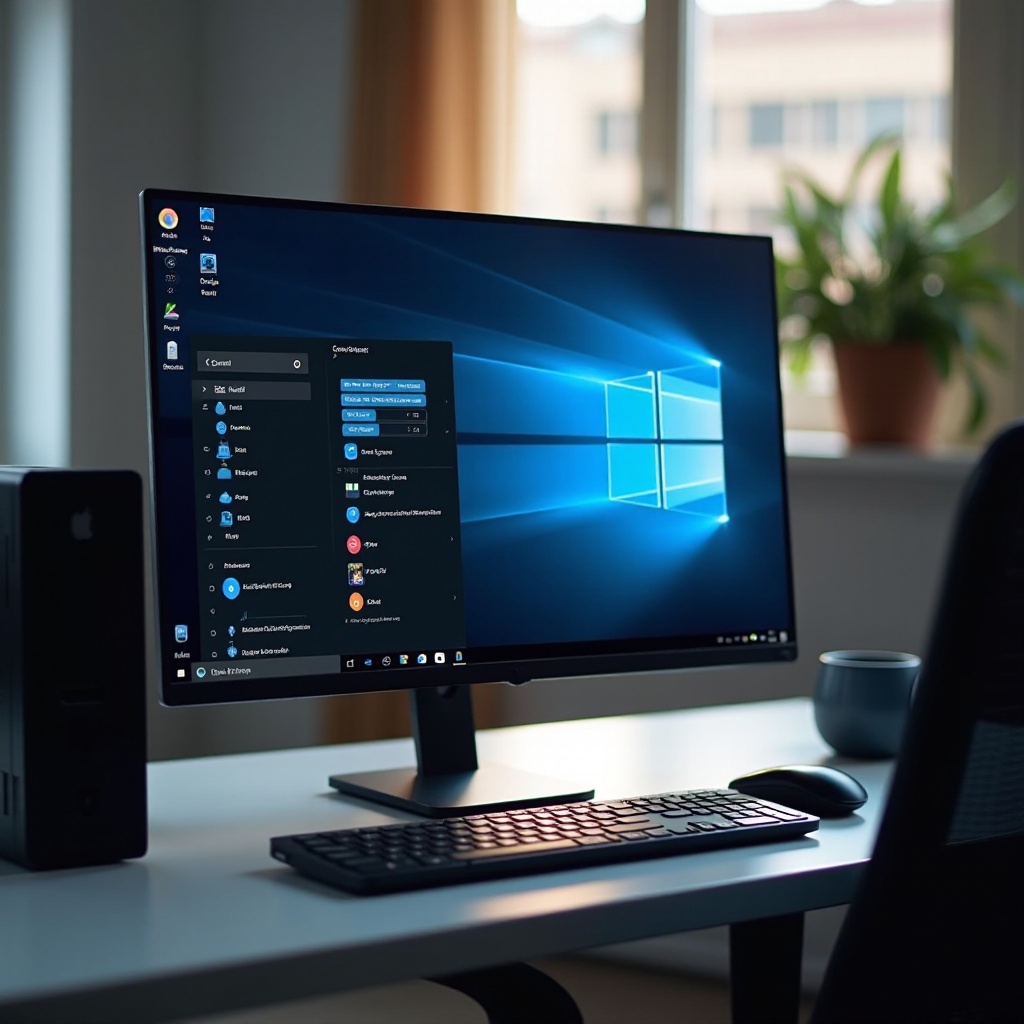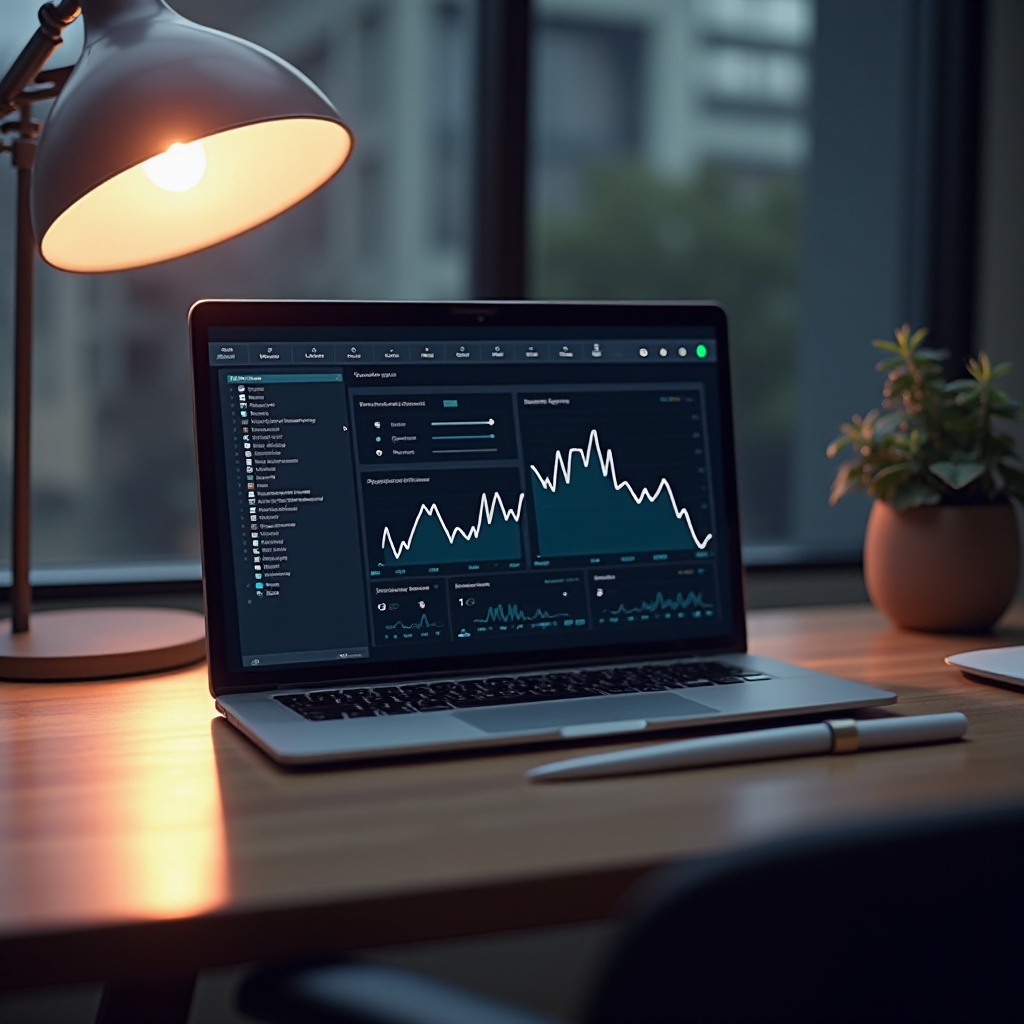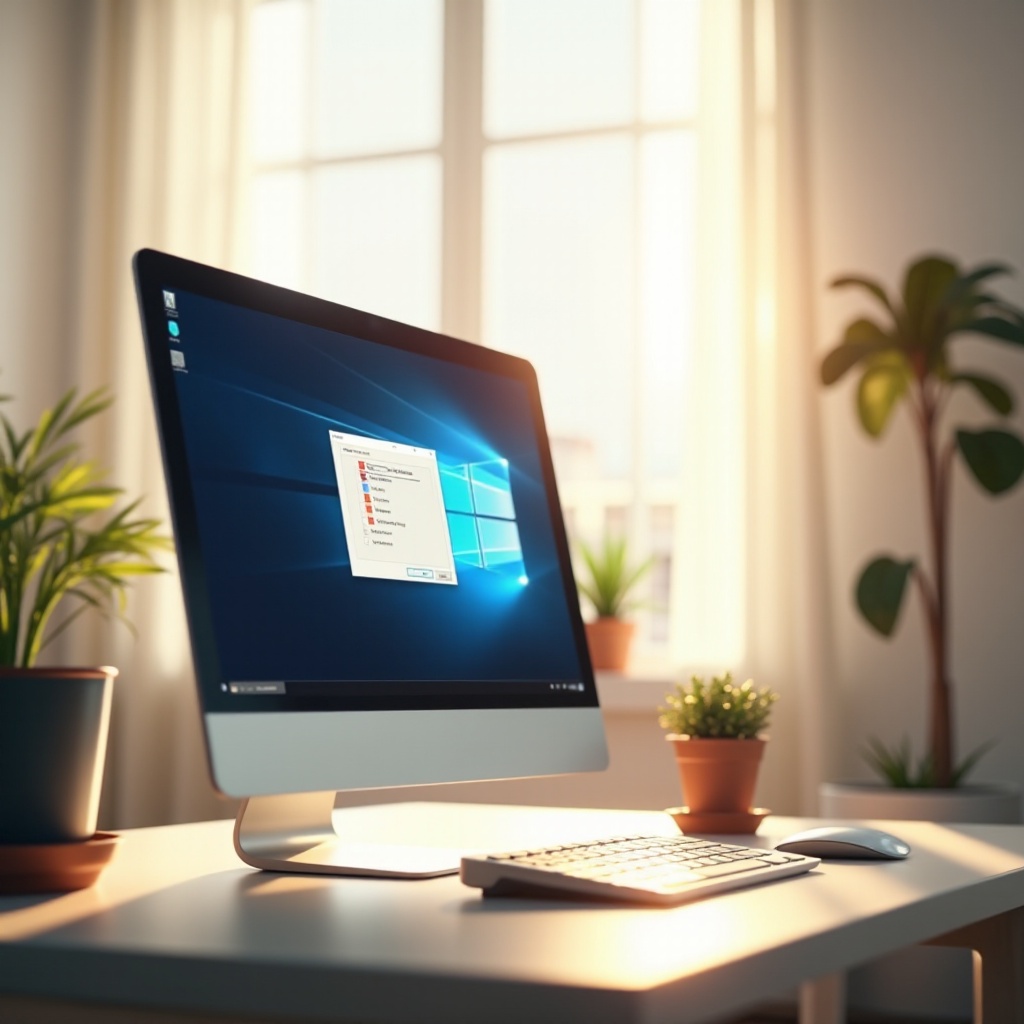
Introduction
Understanding your PC’s power consumption is essential for optimizing both energy efficiency and hardware durability. With Windows 11, you have access to several effective tools to monitor the power your computer uses. Being aware of your device’s power usage not only contributes to reducing energy bills, but it also aids in improving system performance. Additionally, regular monitoring can help identify unusual power patterns, which might indicate potential hardware issues. In this article, we will delve into the various methods for checking and optimizing your PC’s power consumption in Windows 11, exploring built-in utilities, third-party software, and useful tips to boost power efficiency.

Why Monitor Power Consumption?
Monitoring your PC’s power consumption serves multiple purposes. The foremost is the potential to reduce electricity costs by identifying applications or processes that consume excessive power, allowing you to shut down unnecessary programs or opt for energy-efficient alternatives. Additionally, monitoring the power usage significantly contributes to maintaining the health of computer components. Overburdening the system resources can lead to overheating, ultimately decreasing the lifespan of your hardware. Monitoring power usage also plays a crucial role in enhancing overall system performance, especially when users run demanding software or engage in multitasking. By staying informed about power usage, you can make decisions that benefit your financial situation and improve your device’s operation.
Built-in Windows 11 Tools to Measure Power Usage
Windows 11 is equipped with a variety of built-in tools for effectively monitoring power consumption. These tools provide convenient solutions to help you understand how your computer utilizes energy.
Using Task Manager
One of the simplest methods for measuring power usage is via the Task Manager. Here’s a quick guide on how to use it:
1. Press Ctrl + Shift + Esc to open Task Manager.
2. Click ‘More details’ if not already expanded.
3. Navigate to the ‘Processes’ tab to view ‘Power usage’ and ‘Power usage trend’ columns, providing real-time data on each active application’s power consumption.
The Task Manager presents a swift overview, serving as an excellent tool to identify power-consuming applications and processes.
Accessing Power & Battery Settings
The Power & Battery Settings offer another built-in option:
1. Open ‘Settings’ via Win + I.
2. Navigate to ‘System,’ then select ‘Power & Battery.
3. Review power consumption metrics over time. You can also adjust power mode settings here for efficiency or peak performance.
These tools provide foundational insights into power usage without requiring additional software.
Generating and Analyzing Windows 11 Power Reports
Beyond built-in tools, Windows 11 enables users to generate detailed power reports offering deeper power consumption insights. Such reports are beneficial for in-depth analysis.
To generate a power report:
1. Open Command Prompt as an administrator (cmd, right-click, ‘Run as administrator’).
2. Enter powercfg /energy and press Enter.
3. A 60-second energy audit runs, producing an energy-report.html file.
Locate the report in the specified directory shown in the command prompt. The report details various aspects and potential inefficiencies in your power consumption, helping pinpoint system components and applications that notably impact energy usage.
Third-Party Software Options for Power Monitoring
For users desiring a detailed analysis, third-party software offers robust monitoring capabilities for Windows 11.
Features of Popular Tools
Tools like HWMonitor, BatteryMon, and Open Hardware Monitor provide extensive monitoring, including:
– Real-time power consumption tracking for components like CPU, GPU, and hard drives.
– Graphical displays of consumption trends.
– Alerts for irregular usage patterns and customizable thresholds.
These tools provide advanced data insights, which are especially useful for tech-savvy users looking to optimize their system’s efficiency.
Step-by-Step Setup Guide
Setting up HWMonitor, for example, includes:
1. Downloading from the official website.
2. Proceeding with the installation as guided.
3. Launching the software to begin monitoring.
4. Reviewing the data on its dashboard, which includes voltage, temperature, and power usage metrics for various hardware components.
Utilizing these software solutions provides a comprehensive understanding of your entire system’s power consumption.

Tips for Optimizing Power Efficiency in Windows 11
Boosting power efficiency not only extends battery life but also enhances system performance. Here are some actionable tips:
Adjusting Windows Settings
- Activate Battery Saver through Settings > System > Power & Battery. This reduces background activity when battery levels are low.
- Lower screen brightness and shorten sleep timer durations in Display settings for additional savings.
Managing Resource-Intensive Applications
- Frequently inspect Task Manager to identify applications with high power usage and exit them when they’re not needed.
- Disable certain startup applications through Task Manager’s Startup tab to prevent unnecessary power drain.
By implementing these strategies, users stand to gain enhanced power efficiency, resulting in prolonged system performance and energy savings.

Conclusion
Regularly monitoring and optimizing your PC’s power consumption in Windows 11 is straightforward when using built-in resources and third-party applications. By becoming more aware of and controlling energy usage, you maximize hardware longevity, lower energy expenses, and improve the overall performance of your system. Staying proactive in checking power consumption ensures efficiency, which ultimately enhances your computing experience.
Frequently Asked Questions
How accurate are built-in Windows tools for measuring power usage?
Built-in tools like Task Manager offer a general view and are sufficient for casual monitoring. For detailed insights, third-party tools are suggested.
What is the best third-party tool for monitoring power consumption?
HWMonitor and Open Hardware Monitor are renowned for their detailed analysis and user-friendly interface.
Can optimizing power consumption extend my PC’s lifespan?
Yes, optimizing power usage can decrease wear on components, potentially extending your PC’s lifespan.
